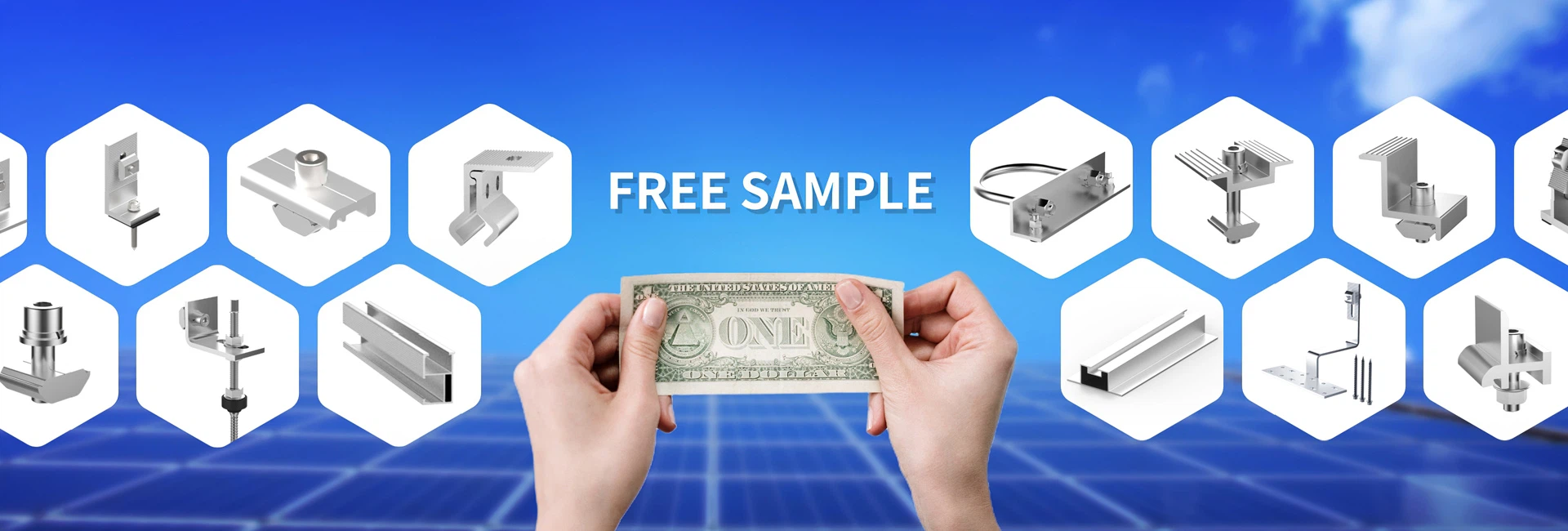Advanced Solar Mounting Systems: Materials, Technology, and Future Innovations
Sep 09, 2025
A reliable solar panel mounting system is essential for the performance and durability of any photovoltaic project. From ground mount PV structures to rooftop solar racking systems, the choice of material, fastening method, and tracking technology directly affects efficiency, safety, and service life.

Steel remains the backbone of many solar mounting structures. The hot-dip galvanization process creates a zinc coating that protects against corrosion in coastal or industrial environments, extending service life beyond 25 years. High-strength low-alloy steel, such as Q690, reduces material use by up to 30% while maintaining load capacity, lowering both transportation and installation costs.


Aluminum alloy brackets are valued for their strength-to-weight ratio, making them ideal for rooftop solar installations. The 6061-T6 aluminum alloy offers high tensile strength while being one-third the weight of steel. FRP photovoltaic mounting systems are also emerging, with strong weather resistance and electrical insulation that minimize risks such as potential-induced degradation (PID), suitable for specialized applications.


Connection technology is another critical factor in PV mounting solutions. High-strength bolts with anti-loosening nuts provide secure fastening. Proper torque control prevents overload while maintaining rigidity. In rooftop solar racking, disc springs are often added to absorb vibration and thermal expansion, ensuring long-term stability.

Future innovation in solar racking systems will combine advanced materials with smart control. Hybrid carbon fiber–aluminum structures are lighter and stronger than steel, improving logistics and installation efficiency. Meanwhile, AI-driven solar tracking systems use weather and sun path data to improve accuracy and raise energy yields.
As solar adoption accelerates worldwide, advanced solar mounting solutions will play a decisive role in reducing costs and enhancing system reliability. Whether in utility-scale ground mount solar systems or residential rooftop solar brackets, the evolution of solar structures is driving the industry toward greater efficiency and sustainability.








